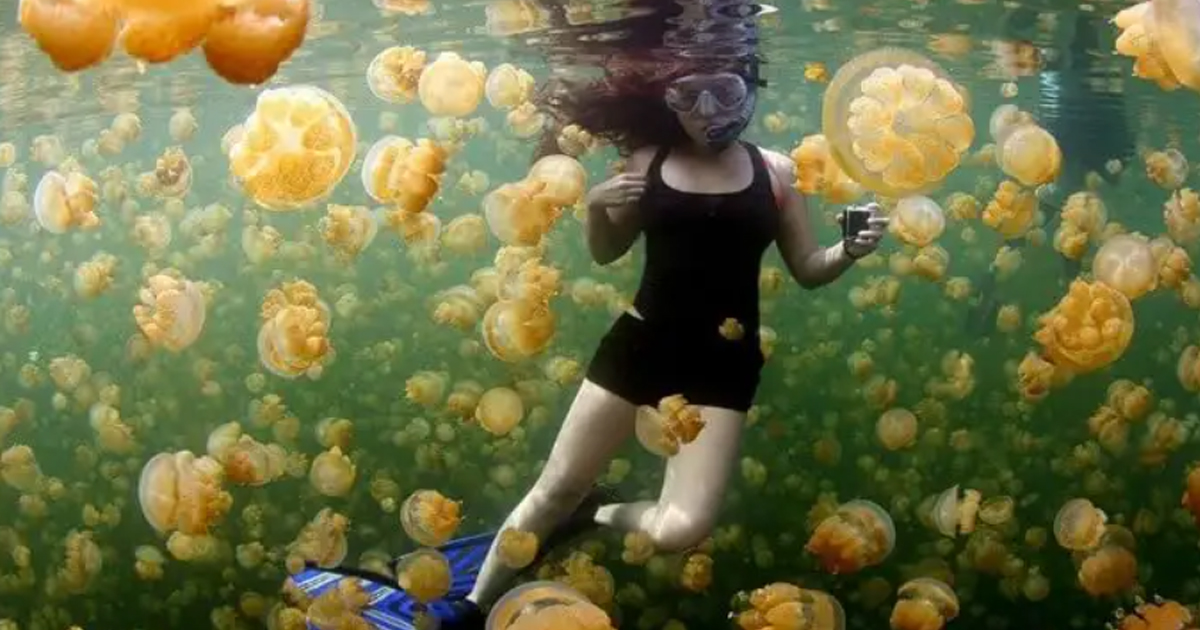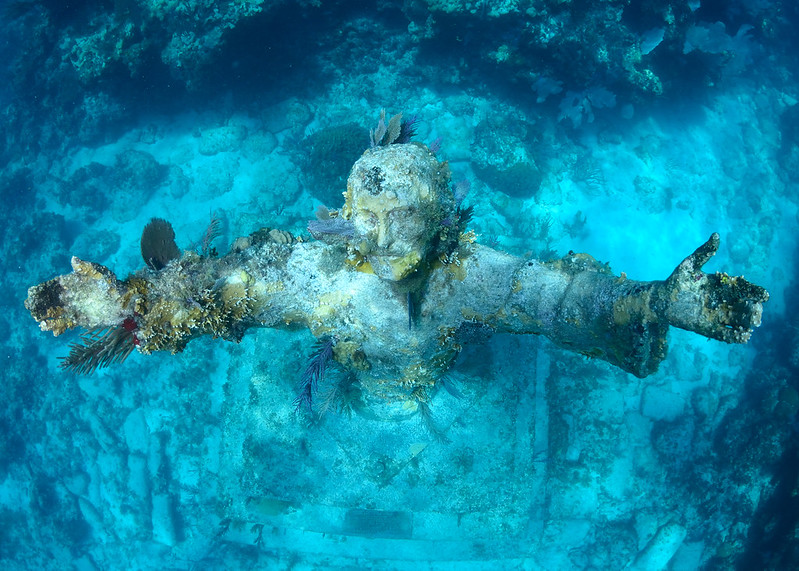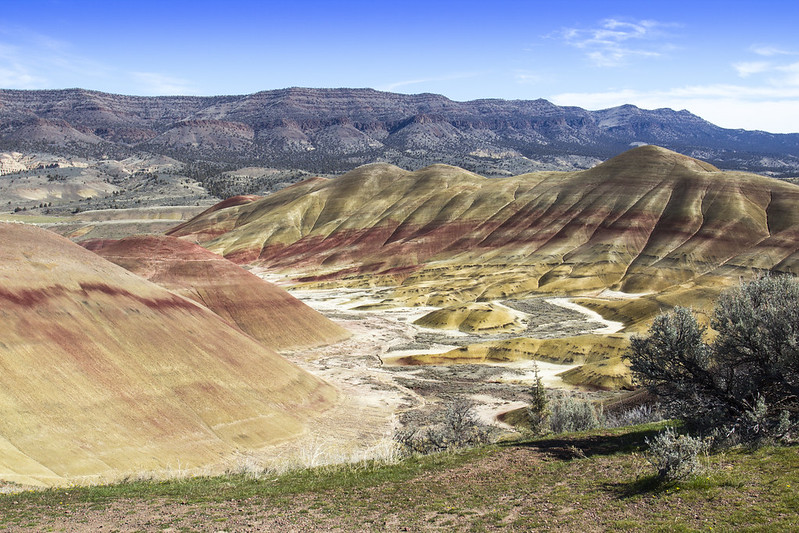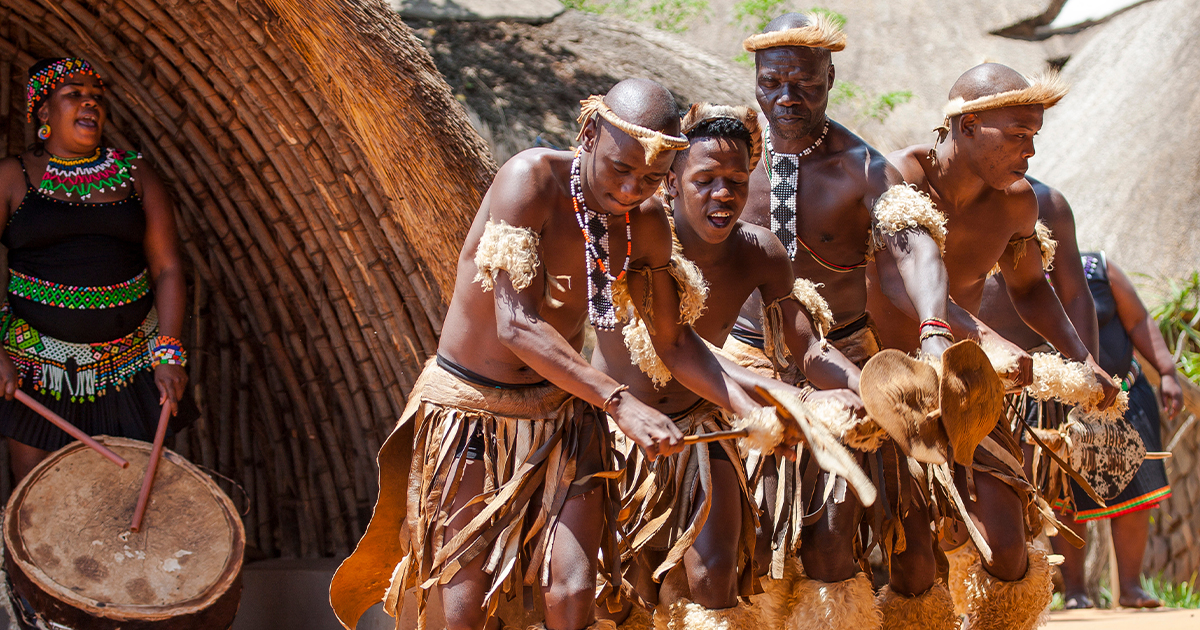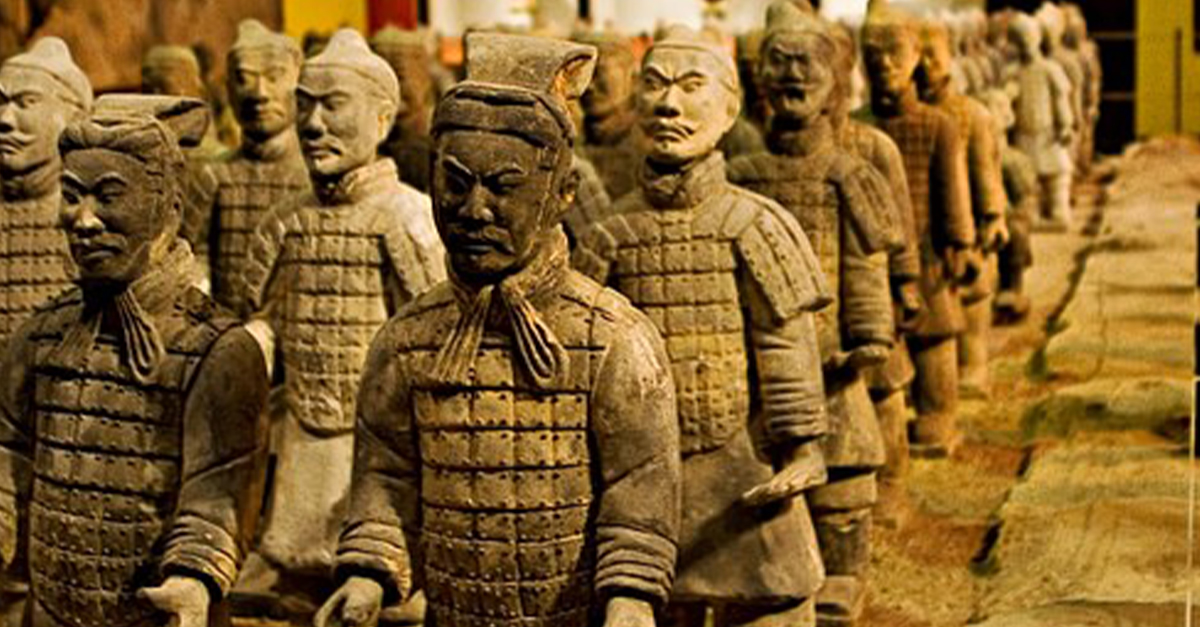A Unique Perspective
The world is a very interesting place with countless places of unique natural features commonly referred to as natural phenomena.
Here are 15 of the strangest and most unique natural phenomena in the world.

Salar De Uyuni
Located in Bolivia, the Salar De Uyuni is the largest salt pan in the world. And when a thin film of water gathers on the surface it is also the world’s largest natural mirror.
 Anouchka Unel, Wikimedia Commons
Anouchka Unel, Wikimedia Commons
How It Formed
Salar De Uyuni is the remains of a prehistoric lake that dried up and left behind void space of bright-white salt, rock formations, and cacti-islands.
The best time to visit is during the months of July and October
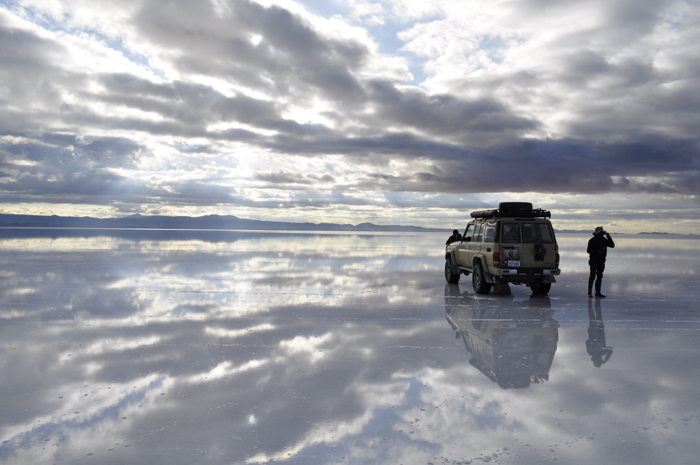 Marquex bol, CC BY-SA, Wikimedia Commons
Marquex bol, CC BY-SA, Wikimedia Commons
Lake Natron
Lake Natron is located in Tanzania and it is known as one of the scariest lakes in the world because it turns birds and animals into stone.
 Richard Mortel, CC BY 2.0, Wikimedia Commons
Richard Mortel, CC BY 2.0, Wikimedia Commons
What It Is
Lake Naton is a high salt and high alkaline lake. The alkalinity of the lake can reach a pH level of greater than 12. When animals come into contact with the water, calcium starts to accumulate in their body tissue—which is called calcification—essentially turning them into stone.
Die Rakotzbrück
The Die Rakotzbrück bridge is another strange place in the world. Located in Germany, this bridge was is famous for its unique construction accuracy. The reflection of the bridge in the water below helps make a perfect circle.
 WilliWonka121, CC BY-SA 4.0, Wikimedia Commons
WilliWonka121, CC BY-SA 4.0, Wikimedia Commons
Restricted Access
While the bridge is still very popular with tourists, no one is actually allowed to walk on it. Even so, its fairy tale look draws in tons of visitors each year.
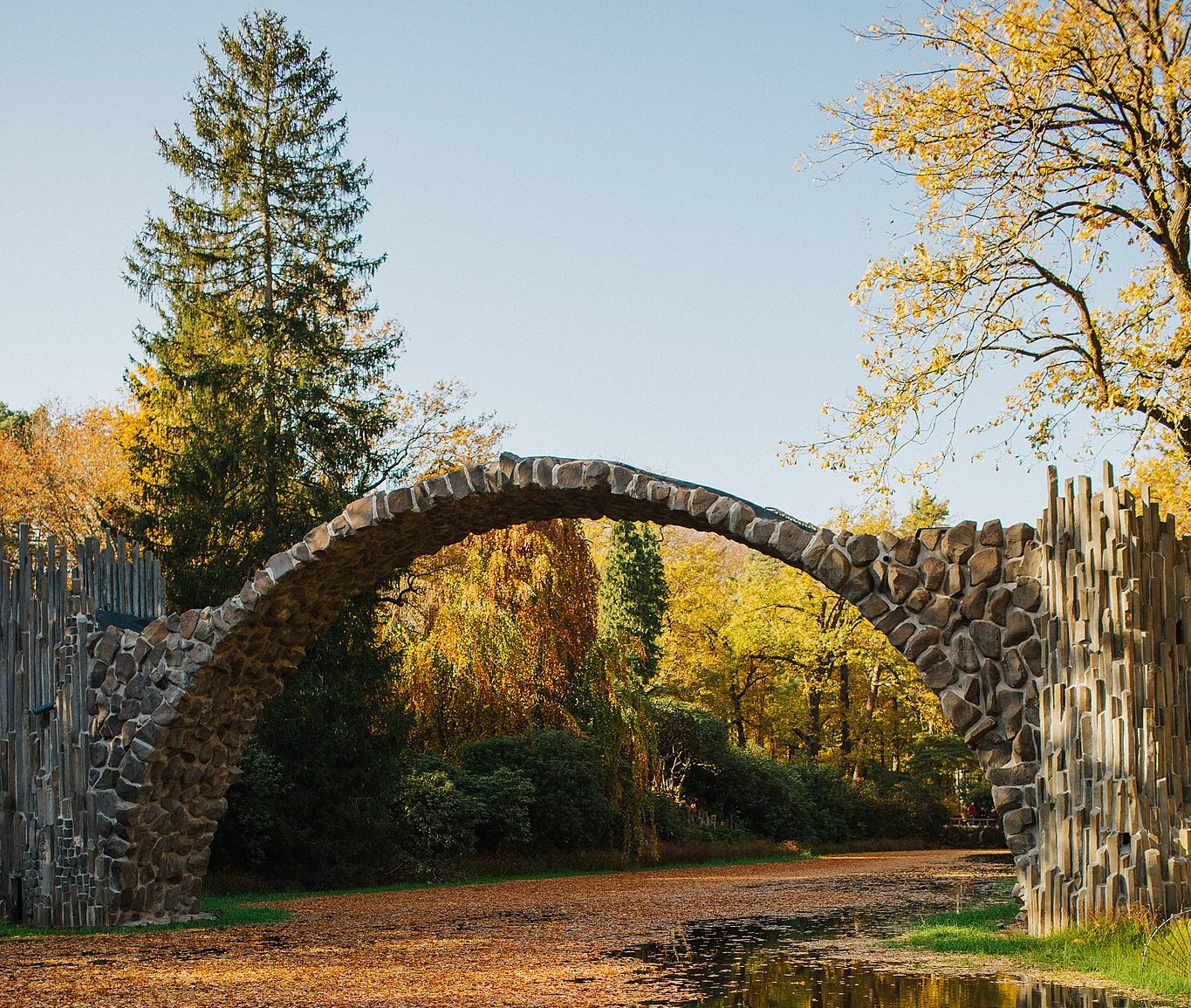 Khrystyna Mogyliuk, CC BY-SA 4.0, Wikimedia Commons
Khrystyna Mogyliuk, CC BY-SA 4.0, Wikimedia Commons
Spotted Lake Khiluk
Spotted Lake Khiluk is located in British Columbia and is the most mineralized lake in the world. The lake is spotted with 365 separate pools arranged in a strange mosaic-like pattern.
Healing Powers
Each of the spots holds a concentrated chemical content and is said to actually cure different diseases. In fact, it is a sacred site known to First Nations People for its miraculous healing powers.
Slope Point
Slope Point is in New Zealand is another one of the world’s strangest places. The forest here is home to trees that are permanently twisted.
Extreme Winds
The trees are said to be permanently windblown, as this location is known to be one of the windiest places on Earth thanks to intense Antarctic gusts.
Deadvlei
Located in Namibia, the name Deadvlei means “dead marsh”, and it is a forest of sun-blackened unalive trees that sit in a white clay pan which is basically a dried oasis.
 Olga Ernst & Hp.Baumeler, CC BY-SA 4.0, Wikimedia Commons
Olga Ernst & Hp.Baumeler, CC BY-SA 4.0, Wikimedia Commons
A Desert Oasis
The lack of water in the extreme heat forces the roots of trees to come outside looking for moisture. Not only is the area surrounded by rust-orange giant sand dunes, but they’re also the highest sand dunes in the world.
The Underwater Park
Another one of the world’s weirdest places is this underwater park. Located in Austria, this park goes completely underwater during the spring.
 Herzi Pinki, CC BY-SA 3.0, Wikimedia Commons
Herzi Pinki, CC BY-SA 3.0, Wikimedia Commons
A Scuba Diver’s Dream
During the winter, everything is normal and the lake is surrounded by a county park. But the park is also surrounded by mountains, so in the spring, the valley below fills with clear blue water sending the entire park deep underwater—making it a popular scuba diving spot.
 TauchSport_Steininger, CC BY 2.0, Wikimedia Commons
TauchSport_Steininger, CC BY 2.0, Wikimedia Commons
Eternal Flame Falls
Another spectacular wonder is Eternal Flame Falls, located in New York. This stunning waterfall boasts a small flame at its base that is visible all year.
 Mpmajewski, CC BY-SA 3.0, Wikimedia Commons
Mpmajewski, CC BY-SA 3.0, Wikimedia Commons
What Causes the Flame
The flame is fueled by natural gases that emit from the base of the waterfall. The flame can sometimes be extinguished, but can be relit. It will continue to burn for very long periods of time.
The Tunnel of Love
In a section of industrial railway in Urkraine is this green leafy tunnel that looks like something out of a fairy tale. It is known as being a favorite place for couples to go for romantic walks.
 Myroslava Rakovets, CC BY-SA 3.0, Wikimedia Commons
Myroslava Rakovets, CC BY-SA 3.0, Wikimedia Commons
How It Grew
The Tunnel of Love was originally built for military purposes. It was disguised by planting trees all around it, which in time grew so much that they took over a 4.9km stretch.
 DmytroChapman, CC BY-SA 4.0, Wikimedia Commons
DmytroChapman, CC BY-SA 4.0, Wikimedia Commons
Christ of the Abyss
In Italy, a 2.5-meter-tall bronze statue of Jesus Christ sits completely submerged underwater, making it a top tourist attraction for scuba divers.
How It Got There
The statue of Jesus Christ was made by Guido Galletti. It was placed upon the bottom of the Mediterranean Sea as an honor to Dario Gonzatt, the first Italian to use scuba diving gear. It was installed 17 meters underwater in 1954, and remains there today.
The Silfra Rift
The Silfra Rift, one of the most obscure places in the world separates two continents and two tectonic plates, namely the North American and Eurasian plates.
 Diego Delso, CC BY-SA 4.0, Wikimedia Commons
Diego Delso, CC BY-SA 4.0, Wikimedia Commons
Snorkeling the Rift
It occupies an area of approximately 600 by 200 meters, and is known as one of the most unique phenomena on Earth. Snorkeling in Silfra Rift is one of Iceland’s most awesome experiences.
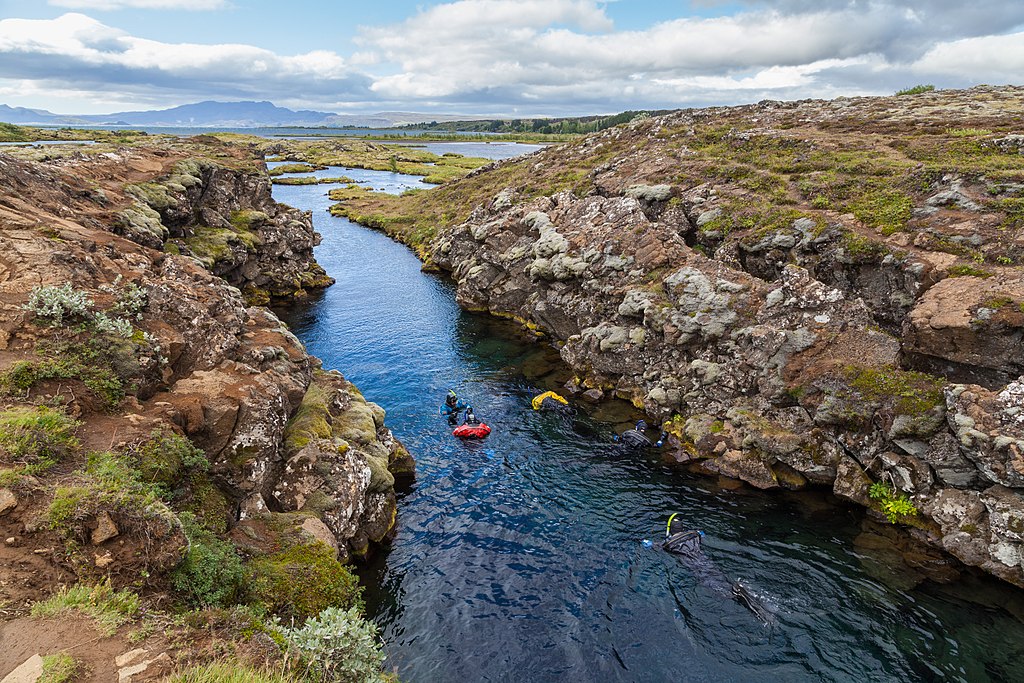 Diego Delso, CC BY-SA 4.0, Wikimedia Commons
Diego Delso, CC BY-SA 4.0, Wikimedia Commons
Caño Cristales
Caño Cristales, located in Colombia, is known as the river of five colors. It is famous for its multi-colored waters that change in color and vibrance throughout the year.
 Mario Carvajal, CC BY 3.0, Wikimedia Commons
Mario Carvajal, CC BY 3.0, Wikimedia Commons
What Makes It Colorful
The waters change colors by the presence of different types of algae and minerals. The water temperatures and sunlight activate vibrancy levels, so on a good day the water is extra colorful.
Jellyfish Lake
Jellyfish Lake is located in Palau, and it is one of the South Pacific’s most unique underwater attractions. Visitors here can actually swim among millions of jellyfish.
 Lukas from Munich, CC BY 2.0, Wikimedia Commons
Lukas from Munich, CC BY 2.0, Wikimedia Commons
Millions of Jellyfish
In 2005, there were an estimated 30 million jellyfish living in the lake. The majority of the jellyfish in the lake do not sting, as there are no natural predators in the lake so they have lost their ability to sting.
Blood Falls
In the Antarctica, among stark white snowy mountains is a small waterfall that pours out deep-red water, making it a creepy natural phenomenon.
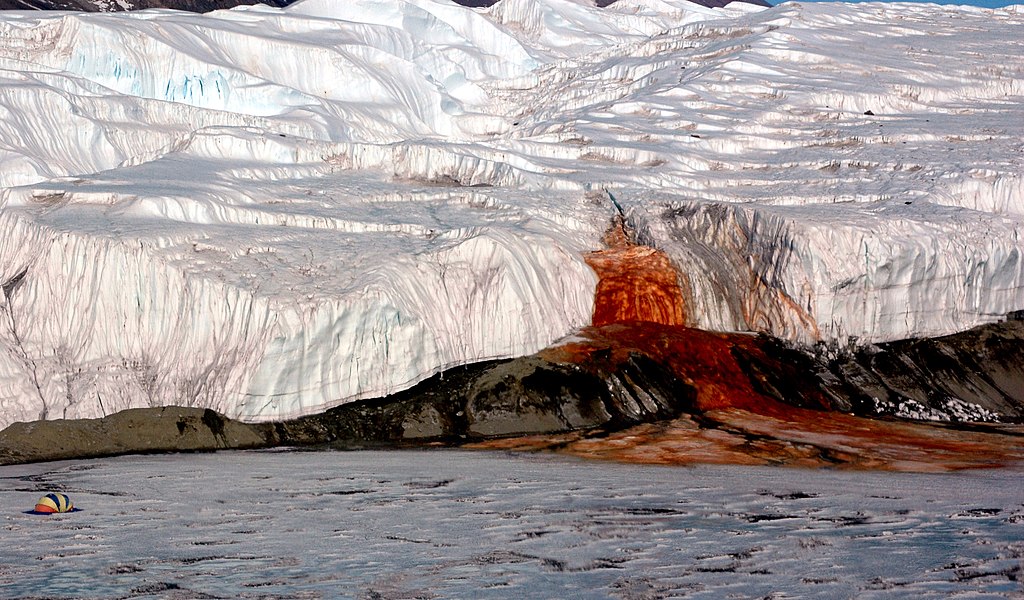 National Science Foundation/Peter Rejcek, Wikimedia Commons
National Science Foundation/Peter Rejcek, Wikimedia Commons
What Makes It Red
The red coloring is due to oxidized iron in brine saltwater, the same process that gives the iron a dark red color when it rusts.
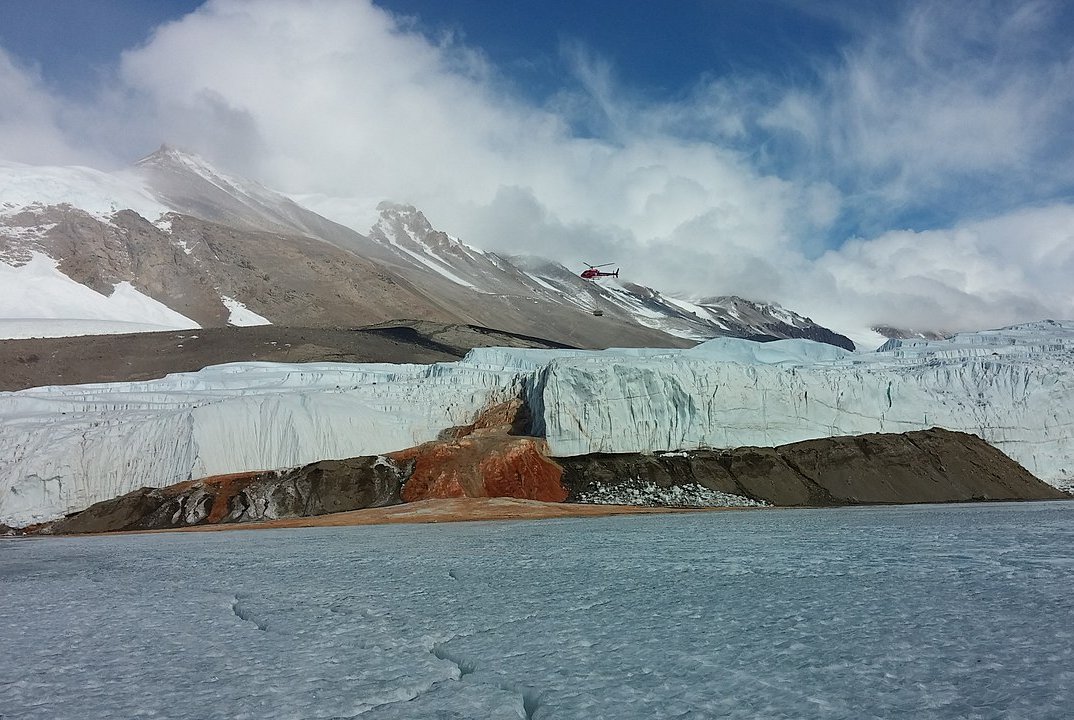 Jill Mikucki/University of Tennessee Knoxville, CC BY 2.0, Wikimedia Commons
Jill Mikucki/University of Tennessee Knoxville, CC BY 2.0, Wikimedia Commons
Painted Hills
The Painted Hills are located in Oregon, and they are best known for their natural painted design that shows up in vibrant yellows, reds, golds, and blacks.
What Makes Them Colorful
It’s the presence of minerals that stain the hills in myriad hues. The ever-changing light and moisture levels produce different colored affects.
Source: 1

